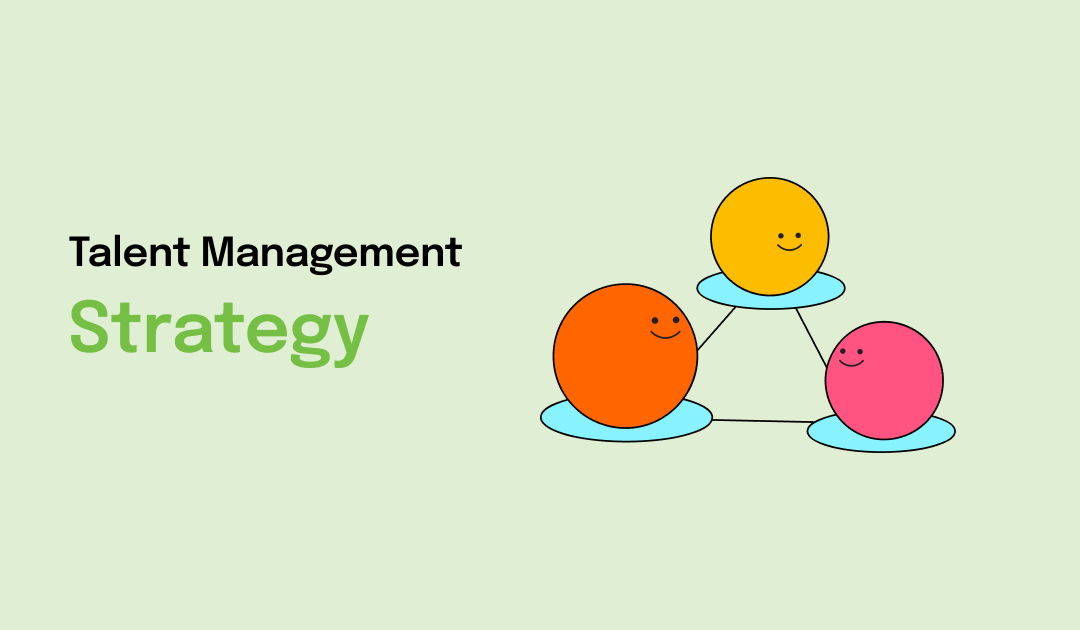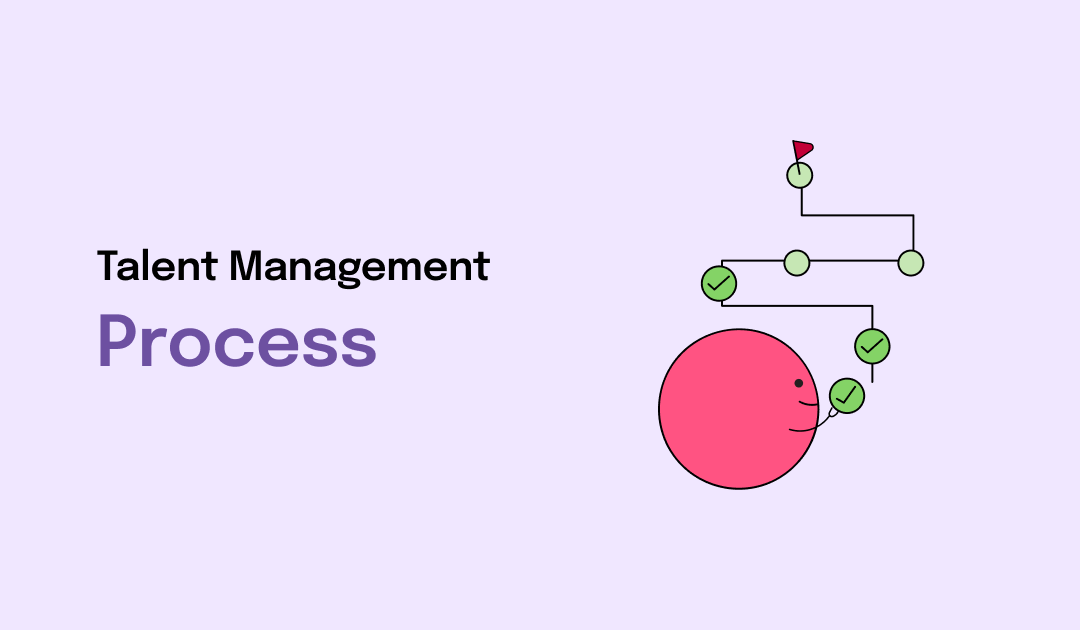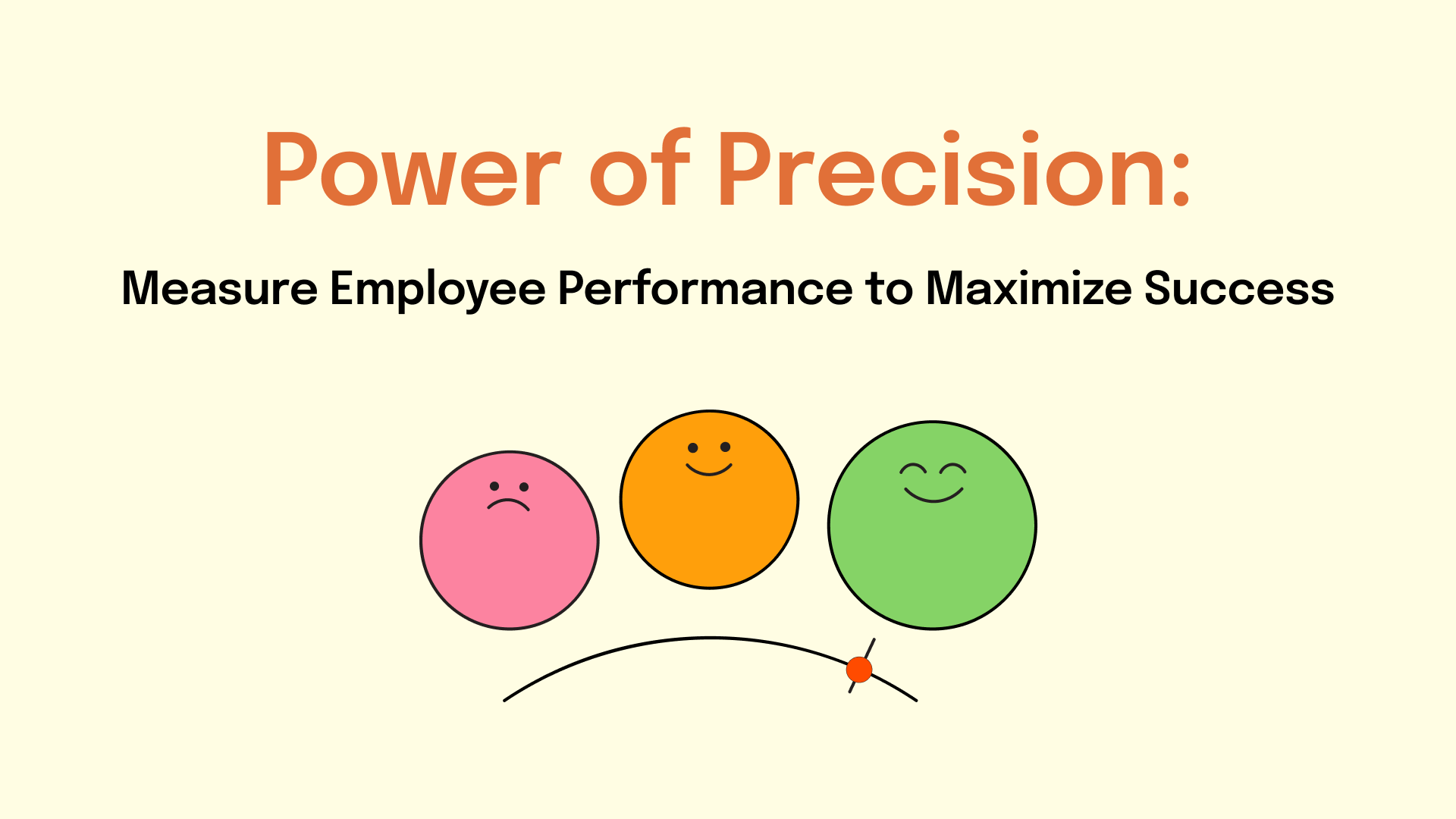The below article has been contributed by Andy Pan, Director of Training at Right Impact Training, Singapore.
Employee engagement has been a buzz phrase in the human resource (HR) circles for years. Research has shown that committed, involved and engaged employees outperform their ‘disengaged’ counterparts at work.
However, with rapidly changing employee needs and motivations, engagement has indeed gotten more challenging. But the rise and proliferation of positive psychology, a field of academic study that examines healthy states, such as happiness, strength of character and optimism, may provide HR managers with better insights to help employers retain more talent and create a more conducive environment in the workplace.

1) Give Compliments Generously
In a recent research conducted by a team of Japanese scientists, three groups of adults were asked to learn a simple task and then perform it.
One group included an evaluator who would compliment participants individually, another group involved individuals who would watch another participant receive a compliment while the third group involved individuals who evaluated their own performance on a graph.
When the participants were asked to repeat the task the next day, the group of participants who received direct compliments from an evaluator the day before performed better than participants from the other groups.
Professor Sadato, the research team leader, remarked, “To the brain, receiving a compliment is as much a social reward as being rewarded money. We’ve been able to find scientific proof that a person performs better when they receive a social reward after completing an exercise. There seems to be scientific validity behind the message ‘praise to encourage improvement’….”
These results simply echo the far-reaching mutual benefits that an organisation and its employees can enjoy just by “building positive qualities”. When was the last time that you praised your direct reports? Instead of being overly critical about your team member’s need for improvement, could you consciously make it a habit to look for opportunities to praise that person?
2) Focus On Strengths
Building on the last point, a practice of spotting positives not just in people but also in other areas of the organisation can also lead to higher levels of productivity.
Imagine that your company’s sales revenue is dropping, and you are desperate to stem the tide, but you just can’t find the resources you need. One approach here is to focus on the things that are not working, and think about how you can fix them. This is the conventional approach to problem- solving. In many cases it is the only one to use and perhaps the only method you know. However in others, all it does is present a potential rise in fault-finding behaviours which can further jeopardise morale.
Another approach is to shift to a positive perspective, look at the things that are working, and build on them. In some situations this can be very powerful because, by focusing on positives, you can build the unique strengths that bring real success.
This is the premise behind “Appreciative Inquiry”, a method of problem-solving that was pioneered by David Cooperrider of Case Western Reserve University in the mid-1980s.
Appreciation means to recognise and value the contributions or qualities of things and people around us. Inquiry means to explore and discover, in the spirit of seeking to better understand, and being open to new possibilities.
When combined, this means that by appreciating what is good and valuable in the present situation, we can discover and learn about ways to effect positive change for the future. Coupled with the act of regular praise, a culture of positivity creates a more resilient and optimistic workforce even in trying times. This helps to reinforce the bond between the employee and organisation.
3) Own Your Job
Many of us go through the motions at work, often trying to stay out of trouble with our bosses and, as much as possible, do what is enough. Our jobs feel like a meaningless collection of busywork imposed upon us by management. Been there before? Thus, one way to inject meaning into your work and prevent disengagement is job crafting – a fresh approach to the traditional manner in which job roles and responsibilities are designed by superiors.
Instead of having little or no say to what their obligations are at work, job crafting enables employees to customise and modify the boundaries of their jobs by being responsible for more or fewer tasks, expanding or reducing the job scope, or changing how they perform their tasks. For example, an accountant can be given time and opportunities to think of a new method of filing taxes to make her job less repetitive. Google’s famous “20% time” does come to mind.
Also, job crafters can cognitively change their jobs by altering how they perceive tasks. Imagine the motivation you can give to a hospital cleaner by clearly communicating that his job is not merely that of making the wards and corridors clean, but that he is helping ill patients recover better by maintaining the hygiene of the place.
Nonetheless, in reality, specific job boundaries must be negotiated with a superior. Job crafting should maintain a practical outlook that can still meet its objective of enabling employees to see intrinsic meaning in their work.
According to the father of positive psychology, Dr. Martin Seligman, positive psychology “is about identifying and nurturing strongest qualities, what they own and are best at, and helping them find niches in which they can best live out these strengths.”
For HR, what this means is instead of trying to stem turnover, let’s build retention. Instead of focusing a performance review on what needs to be fixed, let’s talk more about what is really working well and encourage it. Instead of trying to fix disengagement, let us build engagement.
The burgeoning influence of positive psychology can have lasting benefits at the workplace. Employee engagement cannot just be a mish-mesh of engagement surveys, recreational staff activities and town hall meetings. Supported by robust scientific research, the evidence from positive psychology has shown that employees can be more involved with their work just by practicing simple techniques on a day-to-day basis.
Sometimes the smallest things that we do create the biggest waves.
Don’t you think so?



